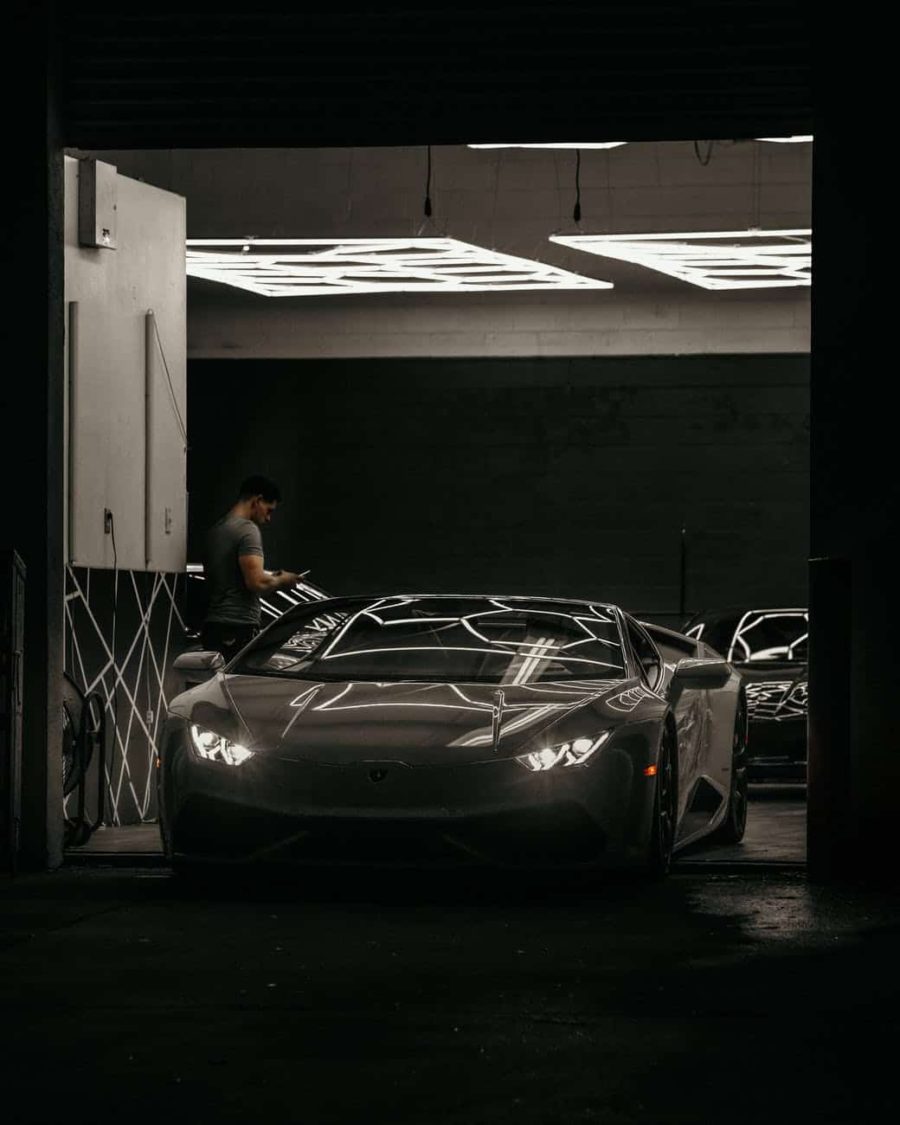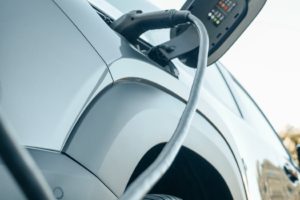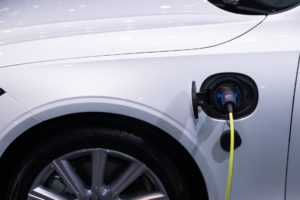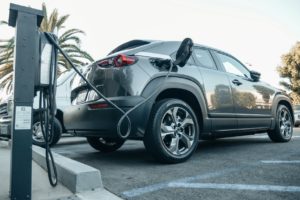Exotic cars made by the likes of Ferrari, Lamborghini, Bugatti and more have come under fire recently. The performance offered by these brands coupled with their exotic looks and insane pricing left the average car buyer, and even the high-end car buyer, on the outside looking in. Electric vehicles have shifted the conversation. Does the supercar have a future?
Supercar becomes Hypercar becomes Grocery Getter.
Throughout the history of the automobile, the question gearheads have always asked has been “What’s the 0-60 time?” There have always been enthusiasts willing to take stock streetcars and tweak them using everything from superchargers to nitrous to squeeze out faster quarter-mile times and to lower their 0-60 clock times. The rich and affluent bypassed all the tweaking by opting to buy off-the-shelf performance from exotic manufacturers. The term supercar is thought to have originated with Lamborghini in the mid-1960s and evolved over the years to include rare and exotic high-performance automobiles costing hundreds of thousands of dollars from low production manufacturers such as Ferrari and Porsche.
In the early 2000’s Bugatti introduced their Veyron automobile and this sparked the idea of the hypercar. The primary difference between supercar and hypercar has always been thought to be the extreme performance as well as the rarity and price point of the car. Supercars truly moved the needle in regards to performance and the price point of these cars crept into the millions of dollars with production runs being in the low double digits and almost never more than a thousand units.
If performance is the key indicator in what defines the supercar and hypercar genre, where does the introduction of the Tesla Model X Plaid leave us? The Model X Plaid is a 5,400 lbs. SUV with 4 doors and a rear hatch, basically a grocery getter that can turn in a 2.5 second 0-60 while holding as many as 7 passengers. Oddly enough, that 0-60 time isn’t much different than the Bugatti.

Performance you can actually drive
Most car enthusiasts will admit that supercars often seem to be made of glass and should rarely be used as a daily driver. The parts are insanely expensive, wear out quickly and can take months to obtain. Would you really expect a car that is produced in such low numbers to have its parts stocked at AutoZone or Pep Boys? Finding someone you trust to work on a McLaren is likely to be a chore even in larger cities.
It has been well documented that Tesla has had its own quality issues. Other EV manufacturers such as Lucid or Rivian are way too new to have anyone be able to make an accurate judgment about service. That being said, nobody seems to hesitate to drive their Tesla, regardless of model or trim level, as if it was a Toyota or Honda. Meanwhile, supercars have flaunted their fragility and high maintenance costs as if it was a design feature and a perk of ownership.
Nothing is going to have the reliability of a Toyota Camry or Honda Accord and the cost of repairing those automobiles has been well documented to be extremely reasonable. Electric vehicles have managed to bring the performance that you would normally expect to come with enormous headaches to customers while keeping the repairs costs on the same level as other mainstream cars. In 2021, Tesla sold nearly 1 million automobiles. When you compare that to Ferrari’s sales of just over 11,000, you begin to understand the difference in production scale. With that level of production, you begin to get parts that are more readily available and services provided by a much more diverse group.
How do Supercars Survive?
Honestly, I’m not sure how the supercar genre survives. For decades, this class of car has been able to attract enthusiast customers with deep pockets despite having well-documented flaws. Many of these automobiles fail to meet the basic criteria of offering a front seat that a normal-sized human can comfortably sit in and a few have been known to catch fire during track days. Drivers seem to frequently lose control of these cars due to the amount of power and difficulty of operation. EVs provide many of the same benefits (insane speed) without any of the drawbacks.
Yes, the supercar genre will survive. Nobody (myself included) is claiming that Tesla Model Y has the sheer cool factor of an Aston Martin or a Mercedes AMG GT Black. What I am saying is that these niche manufacturers have run into a big fat rat that has stolen their cheese and they better find something else to hang their hat on or they will starve.
C9
Resources:
https://www.zeroto60times.com/
https://www.motortrend.com/news/tesla-model-s-plaid-nurburgring-electric-car-lap-record-elon-musk/





